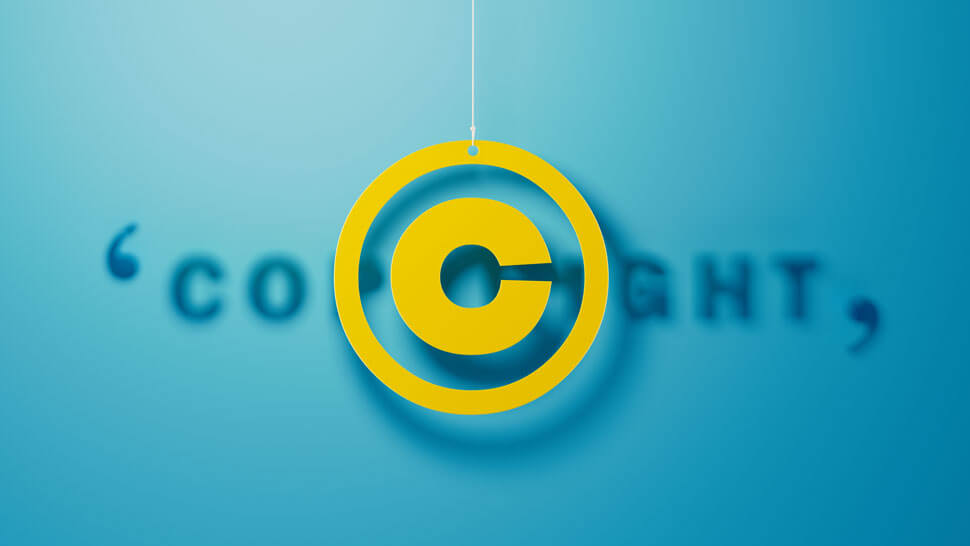

Brand protection
If you trade internationally, it is important to consider the brand protection available to you.
Unfortunately, you cannot apply for a blanket ‘worldwide’ trade mark – you need to apply to each jurisdiction separately.
As trade mark regulations vary from country to country, and in some circumstances, translations are required, this can be a daunting task and we would always recommend you seek legal advice when embarking on this process.
World Intellectual Property Organization (WIPO)
International trade mark applications can also be costly and fees payable to local intellectual property offices can vary dramatically. However there is a system in place, the Madrid Protocol, which has 106 contracting countries, whereby you can extend a base trade mark (typically a UK or EU mark) to any of these countries. This tends to be a more cost-effective solution because the fees tend to be much less than when applying directly to local IP offices. There is also the advantage of making multiple applications in one go and these are managed centrally through WIPO.
Do you need help with brand protection? Contact our Intellectual Property (IP) team now.
The negative side of an application through the Madrid Protocol is that the process takes a lot longer than if applications were made through a local office, typically upwards of two years longer, and applications cannot be modified to suit the regulations of each jurisdiction. This means there are often issues raised by the examining office that are difficult to remedy.
Local agents
UK solicitors only have authority to make trade mark applications in the UK and EU. At HCR we have a network of trusted and highly qualified international trade mark attorneys that we liaise with for applications outside of our jurisdiction.
If you have the resources, we would always advise you use a local trade mark attorney to make your international applications. They are able to ensure your application is filed according to local regulations, they can arrange for translations to be done (if necessary) and have an established relationship with the local examining office.
Timescales
These vary depending on the jurisdiction, but on average, an international application takes around one to three years to progress to full registration.

Take a look at our Trade Mark Services brochure.
‘First to use’ jurisdictions
There are some jurisdictions where the date the trade mark was first used determines the rights and priority over others in relation to that mark; the USA is an example of this. If you file a trade mark in one of these jurisdictions, you will need to be able to prove your use of the mark, in commerce, in that jurisdiction.
‘First to file’ jurisdictions
In ‘first to file’ countries, prior use is not a pre-requisite to registering a trade mark. This can cause issues with third parties filing applications for marks that they have no intention of using in order to sell the ownership of the mark once it is registered. This practice is particularly prevalent in China.
Another issue is that this essentially means that there is a race to the trade mark office in these jurisdictions to prevent a third party trademarking your brand name.
This can, of course, be challenged, but in this situation, you would need to provide evidence that you have built up significant goodwill and reputation in your brand in the country you wish to apply in.










